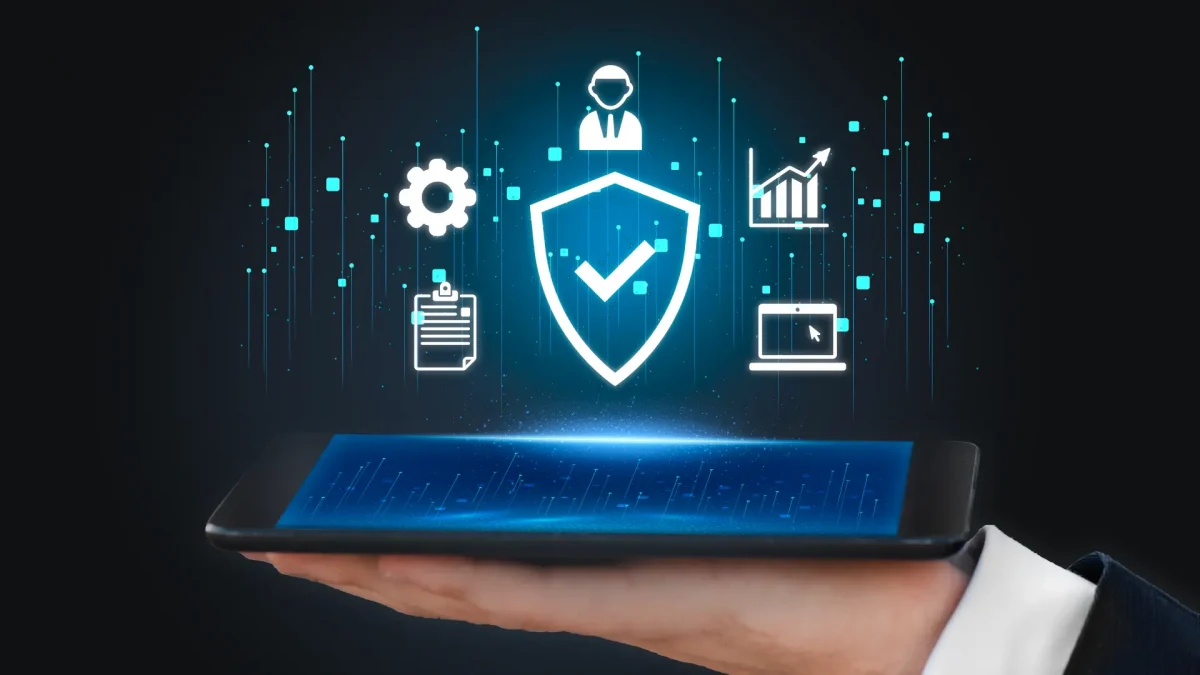Ensuring Secure and Reliable Business Communication Services

4 min read
Businesses rely heavily on communication services to conduct operations efficiently. From exchanging sensitive information to collaborating on projects, effective communication is crucial for success. However, with the increasing prevalence of cyber threats and data leaks, ensuring the security and reliability of business communication services has become more important than ever.
Introduction
Secure and reliable communication services are essential for maintaining trust with clients, protecting sensitive information, and ensuring smooth operations with business SMS. Whether it’s through email, messaging platforms, or video conferencing tools, businesses need to prioritize security to safeguard against potential threats.
Secure communication involves the use of encryption and other protocols to protect data from unauthorized access or interception. Encryption converts plaintext information into cipher text, making it unreadable to anyone without the proper decryption key.
Secure protocols such as SSL/TLS ensure that data transmitted over networks remains encrypted, reducing the risk of interception by malicious actors.
Types of Communication
Email Communication
- It is a most common form of business communication.
- Used for sending messages, memos, reports, and updates internally or externally.
- Allows for asynchronous communication and documentation of conversations.
Face-to-Face Communication
- Involves direct interaction between individuals.
- Can take place in meetings, presentations, or informal discussions.
- Allows for immediate feedback and non-verbal cues to be observed.
Telephone Communication
- Involves verbal communication over the phone.
- Often used for quick exchanges, scheduling appointments, or discussing urgent matters.
- Provides real-time communication without the need for physical presence.
Video Conferencing
- Enables face-to-face communication over long distances.
- Useful for remote teams, client meetings, or interviews.
- Allows for visual cues and screen sharing, enhancing collaboration.
Written Communication
- Includes formal documents such as reports, proposals, and contracts.
- Requires clear and concise writing skills to convey information effectively.
- Can be distributed physically or electronically depending on the context.
Instant Messaging
- Instant messaging provides real-time text-based communication.
- Used for quick questions, updates, or informal discussions within teams.
- Often integrated into collaboration platforms or business communication tools.
Internal Communication
- Involves communication within an organization.
- Includes announcements, newsletters, and internal memos.
External Communication
- Interacting with individuals or entities external to the organization.
- Includes interactions with customers, suppliers, partners, and the public.
- Affects the organization’s reputation and relationship with clients.
Nonverbal Communication
- Includes gestures, facial expressions, and body language.
- Conveys information and emotions without using words.
- Plays a crucial role in face-to-face interactions and presentations.
Interdepartmental Communication
- Involves communication between different departments within an organization.
- Ensures coordination, cooperation, and sharing of information across teams.
- Helps in achieving organizational goals and objectives.
Formal Communication
- Follows established protocols and procedures.
- Typically used for official announcements, policies, and directives.
- Ensures clarity, consistency, and accountability in communication.
Informal Communication
- Unstructured communication between individuals.
- Often takes place spontaneously and outside formal channels.
- Fosters camaraderie, creativity, and relationship-building within teams.
Challenges in Business Communication
Despite the advancements in technology, businesses face numerous challenges when it comes to communication security. Data breaches, phishing attacks, and malware infections pose significant threats to sensitive information, while unreliable communication channels can disrupt workflow and hinder productivity.
Features of Secure and Reliable Communication Services
End-to-End Encryption
End-to-end encryption is a crucial security measure in communication services. It ensures that messages, files, or any data exchanged between parties are encrypted at the sender’s device and can only be decrypted by the intended recipient’s device.
The encryption keys are only known to the sender and the recipient, meaning even the service provider facilitating the communication cannot decipher the contents of the communication. This prevents unauthorized access, interception, or eavesdropping by malicious entities, including hackers or government surveillance.
End-to-end encryption provides a high level of confidentiality and privacy for sensitive information shared over communication platforms. It ensures that even if the communication service provider’s servers are compromised, the encrypted data remains unreadable to unauthorized parties.
However, it’s essential for users to choose communication platforms that implement strong encryption protocols and have a transparent approach to managing encryption keys to maintain trust in the security of their communications.
Multi-Factor Authentication
By adding extra layers of verification, multi-factor authentication significantly strengthens the security of communication services. Even if an attacker manages to obtain one factor, such as a password, they would still need to provide additional valid credentials to access the system.
This makes it much harder for unauthorized users to gain access, even if they have obtained some form of credentials through phishing, social engineering, or data breaches. Implementing multi-factor authentication reduces the risk of unauthorized access, identity theft, and credential stuffing attacks.
It adds an extra barrier against various types of cyber threats, enhancing the overall security posture of communication platforms and protecting sensitive data from unauthorized access.
Data Redundancy and Backups
Data redundancy and backups are essential components of a reliable communication service, especially in safeguarding against data loss due to hardware failures, natural disasters, or cyber-attacks. It involves storing duplicate copies of data across multiple locations or servers, ensuring that if one copy becomes unavailable or corrupted, there are still accessible copies available elsewhere.
Backup systems regularly create copies of data and store them securely, often in off-site locations or cloud storage services. In the event of data loss or corruption, backups can be used to restore the lost information, minimizing disruption to communication services and preserving critical data integrity. By implementing robust data redundancy and backup strategies, business phone service providers can ensure high availability and reliability of their platforms.
This helps to mitigate the impact of unexpected events such as hardware failures, ransomware attacks, or natural disasters, which could otherwise result in significant data loss and service downtime. Secure and reliable communication services should incorporate features such as end-to-end encryption, multi-factor authentication, and robust data redundancy with regular backups.
These measures collectively enhance the confidentiality, integrity, and availability of communication platforms, protecting sensitive information and ensuring uninterrupted access for users.
Implementation Strategies
Once you’ve selected a communication service provider, it’s essential to implement proper security measures within your organization. Business SMS includes training employees on security best practices, such as using strong passwords, recognizing phishing attempts, and securely sharing sensitive information. Regular audits and updates should also be conducted to identify and address any potential security vulnerabilities.
Published: November 5th, 2020
Subscribe to Our Latest Updates
Get monthly product and feature updates, the latest industry news, and more!







